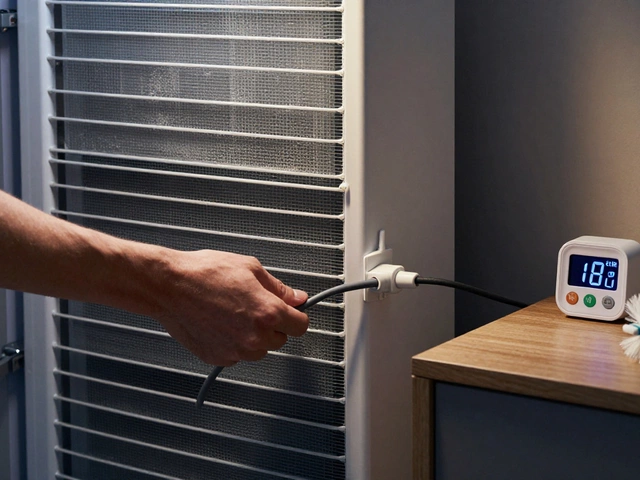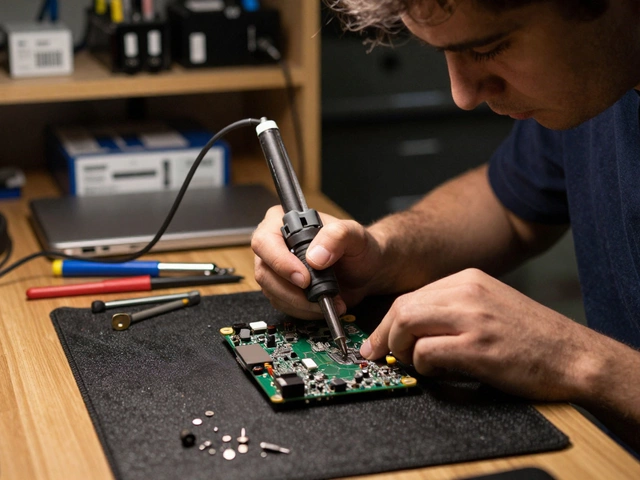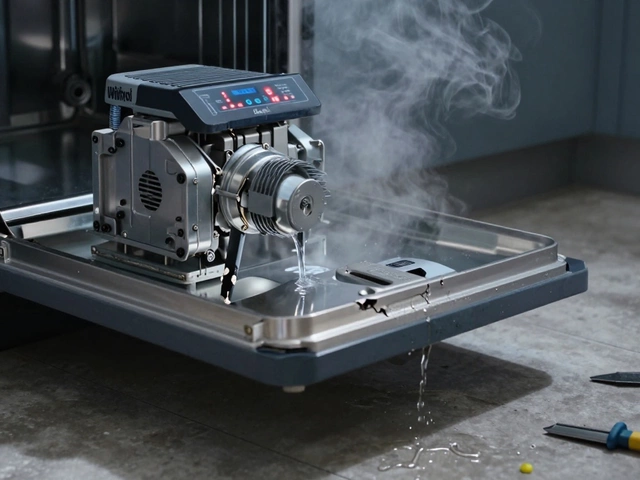Costly Washing Machine Component
When dealing with Costly Washing Machine Component, a part that frequently breaks and drives up repair bills. Also known as expensive washer part, it often refers to the washing machine motor, the heart that spins the drum and powers the pump, the drum bearing, a set of rollers that let the drum turn smoothly, or the control board, the electronic brain that tells the washer when to fill, agitate, and spin. These three pieces are the prime culprits behind steep service invoices because they combine complex engineering with limited DIY accessibility. Understanding how they work, what makes them fail, and when they become financially unreasonable to fix is the first step toward smarter appliance ownership.
Key Parts That Can Drain Your Budget
The motor is a high‑energy component; a burned‑out winding or a snapped shaft often means a full replacement rather than a simple tweak. Because manufacturers source motors from specialized suppliers, parts alone can cost anywhere from £80 to £180, and labor adds another £50‑£100. The drum bearing, on the other hand, is a mechanical wear item. If the bearing seizes, the drum can’t spin, leading to noisy cycles and water leaks. Replacing bearings typically involves disassembling the entire outer tub, which pushes labor time past two hours and lifts the price tag into the £150‑£250 range.
Then there’s the control board. Modern washers use digital logic to manage cycles, water levels, and safety locks. When a board shorts or a sensor miscommunicates, the machine may refuse to start or stop mid‑cycle. Board swaps are pricey—parts can be £120‑£200, and technicians must test and calibrate the unit before sealing it back up. Together, these components illustrate why a single fault can balloon repair costs: they each require specialized tools, technical knowledge, and often a complete teardown of the washer.
Repair cost isn’t the only factor to weigh. The age of the appliance, availability of genuine parts, and warranty status also shape the decision. A five‑year‑old model with a failing motor might still have a solid shell, making replacement worthwhile. Conversely, a ten‑year‑old unit with a busted control board could be nearing the end of its design life, so pouring £250 into a fix may not make sense. Homeowners should also consider the pump, the component that expels water after each spin and the door lock sensor, the safety switch that prevents the door from opening while the drum is full. While less expensive to replace, failures in these areas often mask deeper motor or bearing problems, leading to repeated service calls.
To keep repair bills from spiraling, regular maintenance is key. Cleaning the filter, checking for foreign objects in the drum, and running a monthly “clean cycle” with hot water and vinegar can extend bearing life and prevent motor overload. When a fault code flashes on the display, noting the exact code before calling a technician helps narrow down the culprit—many modern washers will point directly to a control board error or a motor sensor issue. This small step can save hours of diagnostic time and reduce labor charges.
Ultimately, deciding whether to fix or replace hinges on three questions: How much will the part cost? How old is the washer? How reliable are the remaining components? If the answer to the first is “over £200,” the second is “more than seven years,” and the third is “other parts show wear,” replacing the machine often provides better long‑term value. However, if the washer is relatively new, has a solid exterior, and only the motor or bearing is at fault, a professional repair can restore full functionality for a fraction of a new unit’s price.
Below you’ll find a curated set of articles that break down each of these expensive parts, walk you through diagnosis steps, and help you decide when a repair makes financial sense. From motor troubleshooting to control board replacement guides, the collection gives you the practical insight you need before you pick up the phone or open the back panel of your washer.
Which Washing Machine Part Is the Most Expensive to Replace?
- Alden Wilder
- Oct 24 2025
- 0 Comments
Discover which washing machine component costs the most to replace, typical price ranges, warning signs, and whether it's smarter to repair or buy new.
View More



